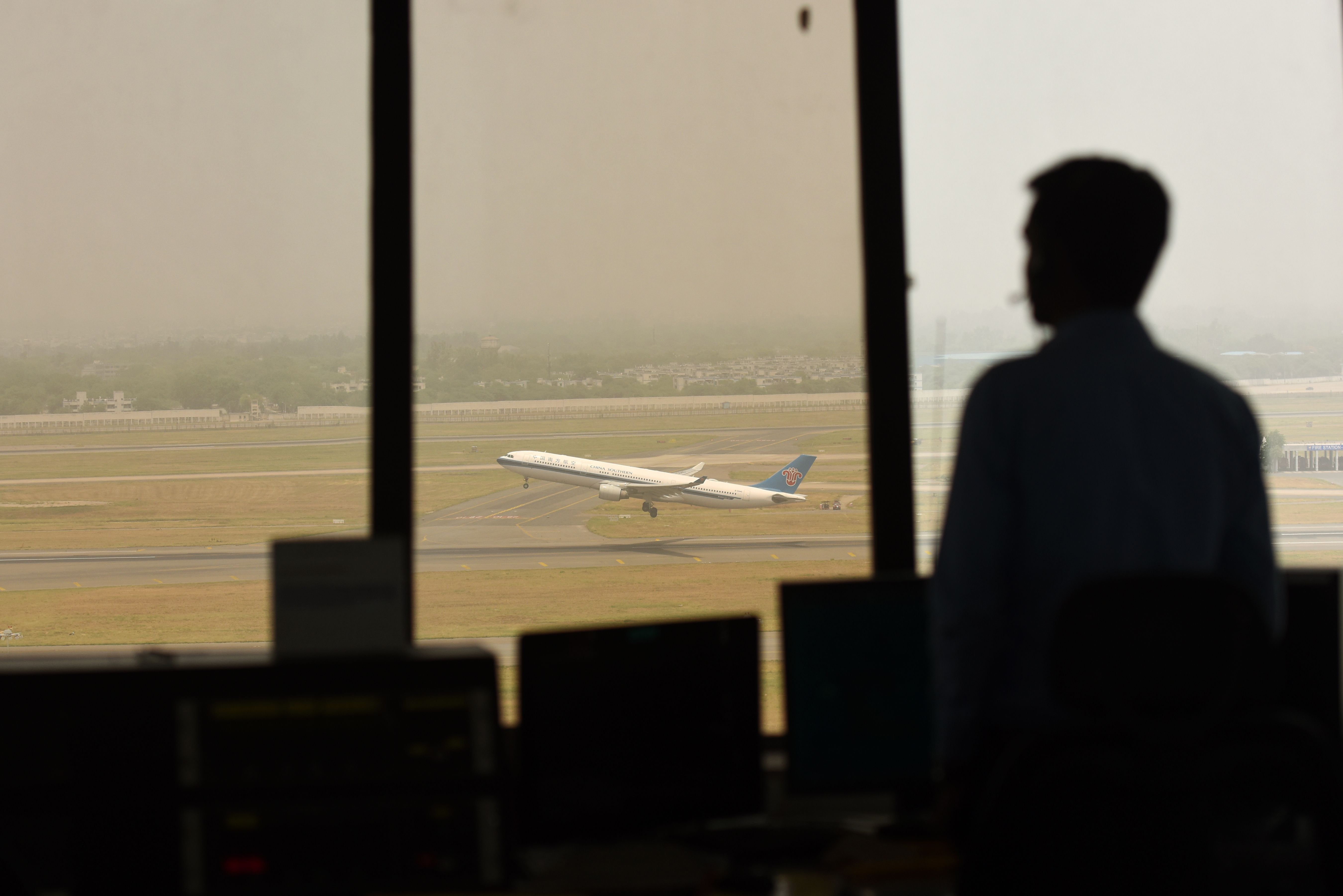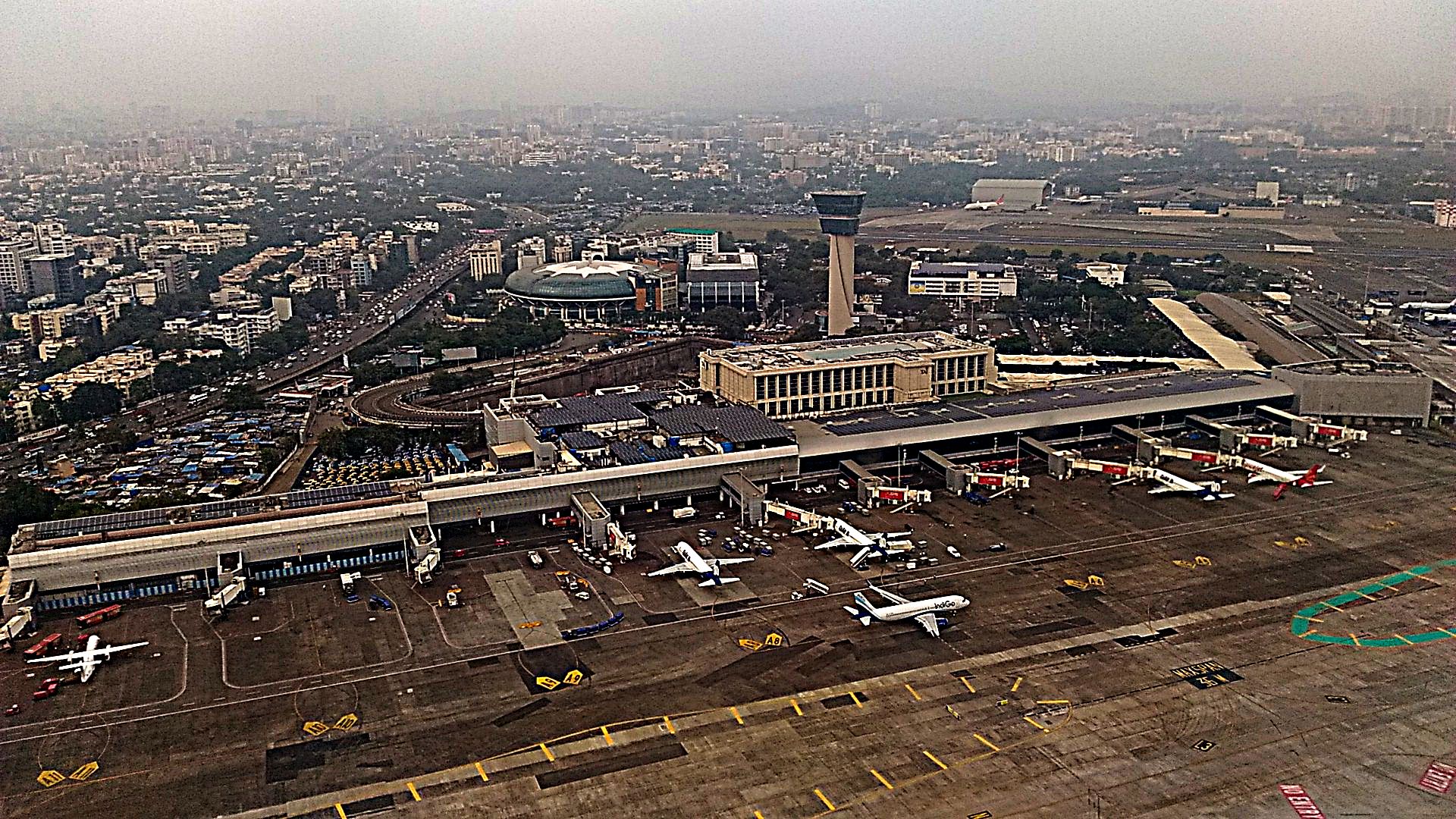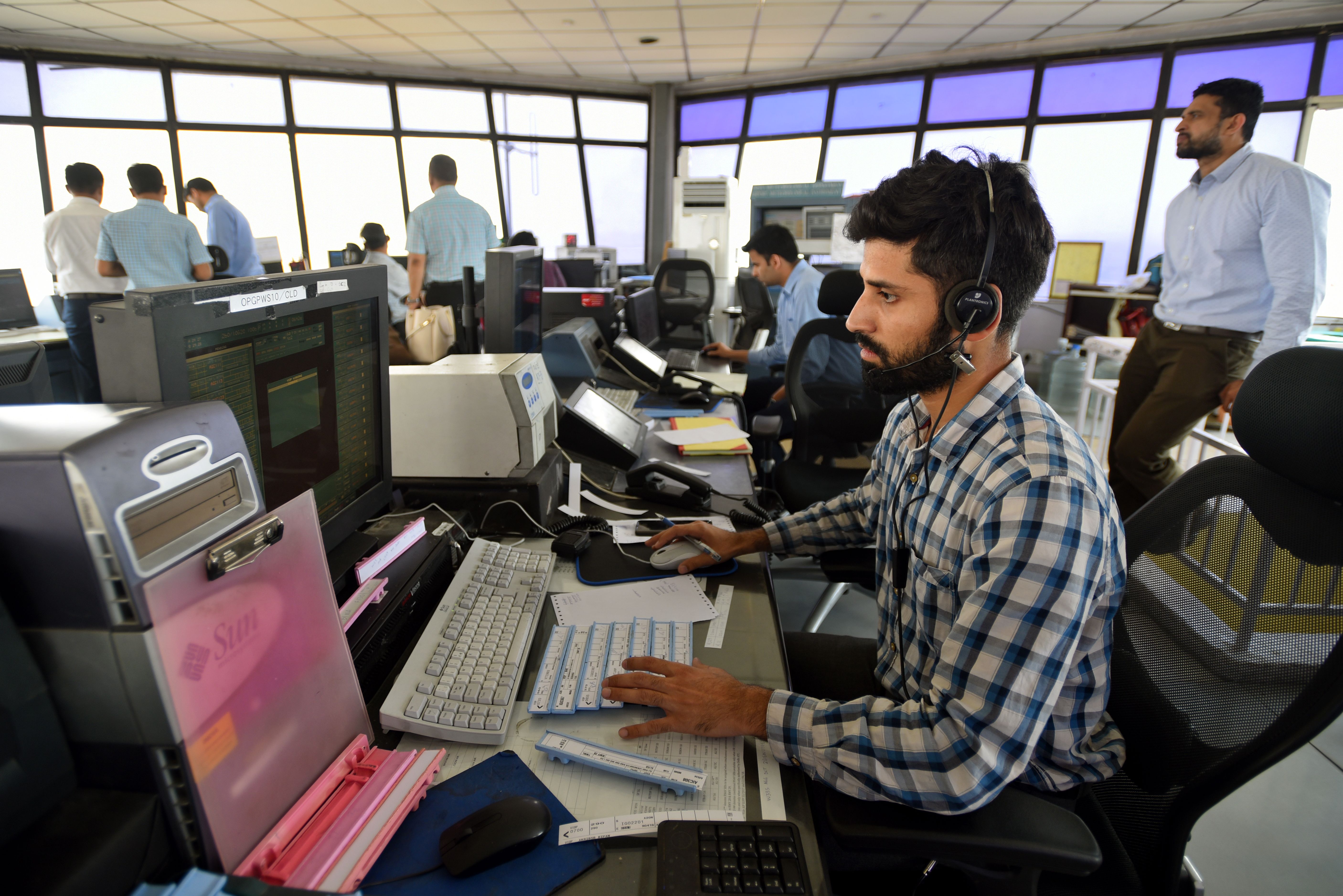India is well on its way to becoming the world’s third-largest aviation market. Airlines are looking to expand, and the government is aggressively pushing for more airports for better connectivity. But an essential cog in the mammoth Indian aviation machinery is facing issues – Air Traffic Controllers. It seems that the country needs more of them, and fast.
Slow recruitment
With a rapid increase in the number of airports in India and the skies getting busier every year, the country’s current lot of air traffic controllers can’t keep up with the industry’s growing needs.
According to a report by The Hindu, a government official states that to comply with the DGCA’s regulatory requirement properly, the country needs 40% more ATC personnel in 2022 than its present strength of 3,163.
Next year, it will further increase to 5,131, 60% more than what India has today, and in 2024, the country will need 5,428 air traffic controllers (ATCO), around 70% more than the current strength. In fact, the present workforce already falls short by 22% of the sanctioned number of 3,871.
According to the officials of the Airports Authority of India, the increasing shortage of ATC workforce is primarily due to three factors:
- No new posts created in the last 6-7 years
- No recruitment in the last two years due to COVID
- A rapid increase in the number of new airports lately
Given the current shortage, the AAI has requested the DGCA to tweak airport requirements according to their workloads. It has asked for differentiated duty timings for ATCOs for four categories of airports – those that handle more than 400 flights a day followed by up to 100, 30, and 10 flights a day.
Overworked
It’s not surprising that the current lot of India's ATCOs feel overworked. In 2018, the ICAO conducted an audit and recommended that the licensing of ATCOs must shift from the AAI to an independent regulator.
The current rules state that an ATCO can work for no more than 12 hours at a stretch and must be given a 30-minute break every two hours for busy airports and 45 minutes every 3 hours for not-so-busy airports. A controller must also be given a 48-hour rest period after every night duty.
But as reported by The Hindu earlier this year, many ATCOs in some of the busiest airports in India, such as Delhi, sometimes get their mandatory 30-minute break after 4 hours instead of 2. At other airports, such as Guwahati, the ATCOs don’t get the required 48-hour rest period after night duty.
Given the responsibilities resting on the shoulders of the ATCOs and the stress levels of the job, the working conditions need an urgent overhaul.
Training constraints
But it’s not as easy as simply hiring new talents. India also faces significant constraints in the ATC training infrastructure.
The three training centers for ATCOs in Prayagraj, Hyderabad, and Gondia can only accommodate 264 trainees a year. It also takes around 18 months on average for a new joinee to effectively start working at an airport tower.
Follow Simple Flying for all the latest aviation news.
With air traffic increasing swiftly and airports mushrooming in all corners of the country, the present ATC resources are spread too thin. The relevant authorities have their work cut out for them.
What are your views on this? Please leave your comments below.
Source: The Hindu



